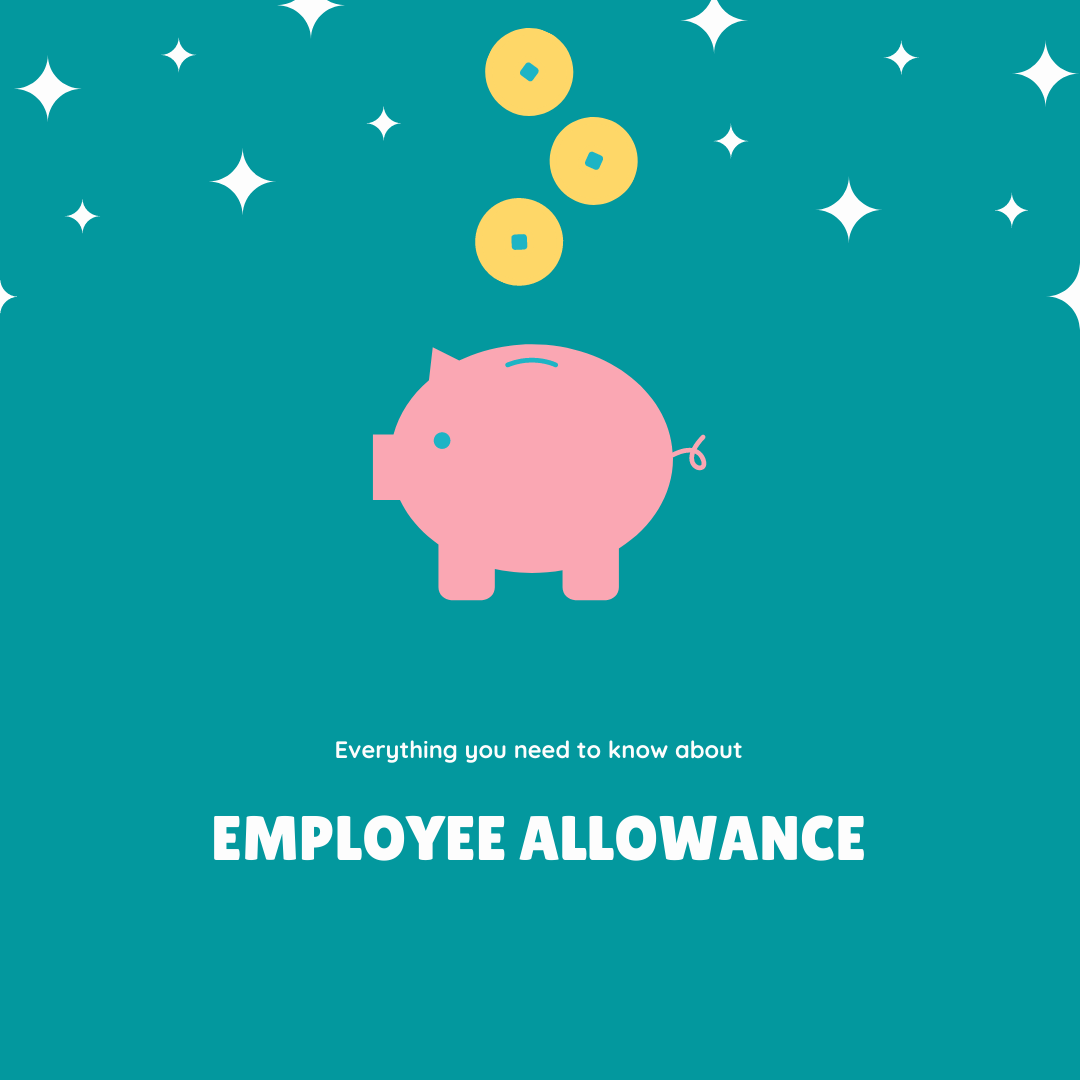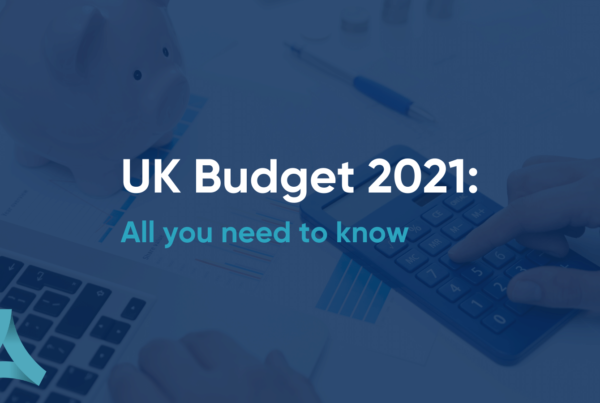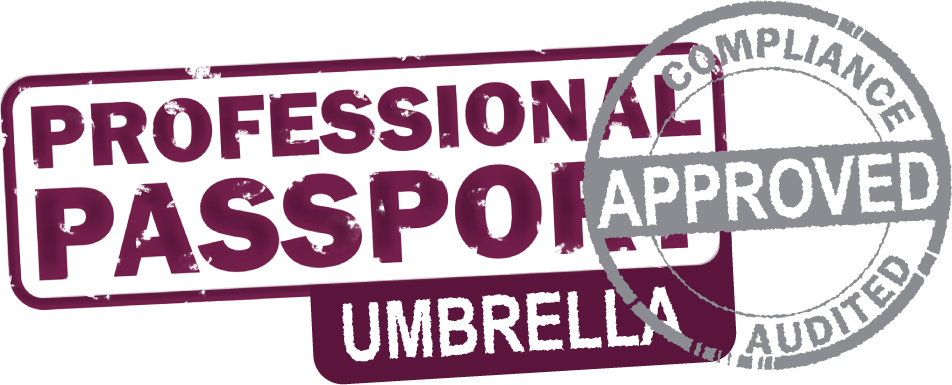
Employment Allowance
The employment allowance is a process that has been introduced by the government to expand the business and allow companies to escalate their financial benefits. This process helps business firms in managing their taxes and boosts up their profits and financial capabilities.
In the budget for 2020, some changes have been made in the employment allowances by the government. The government escalated the employment allowance claim from £3,000 to £4,000. This means that as an employer, you are allowed to pay a lesser amount of class 1 national insurance or the employer’s national insurance till the end of the tax year. This change has been made to provide different financial benefits on each payroll to the employers who are eligible for this allowance. It is now important to understand the eligibility criteria for using the employment allowance.
Are you eligible to claim the employment allowance?
Check if you are eligible for Employment allowance
In case you are a charity or business and the National Insurance Liabilities of the employers’ class 1 was < £100,000 in the last tax-year. You are eligible to claim the employment allowance if a care or support worker is hired in your organization. Furthermore, the employment allowance can be claimed for the last 4 tax years. Here are some different scenarios for claiming the allowances:
If you are part of a group:
Being part of a group of companies or charities you can claim the employment allowance only if the National Insurance Liabilities of the employers class 1 is less than £100,000. In this case, any of the member companies can claim for the allowance.
If you have two or more payrolls:
If there are two or more employer payrolls, then the cumulative Class 1 National Insurance Liabilities of the employers should be less than£100,000 in the last year. One of the payrolls can be used to claim an employment allowance
When to claim:
The employment allowance is to be claimed each tax year.
There is no specific date to claim the Employment Allowance, you can claim any time during the tax year. However, if you want to get the allowance soon then you need to claim it earlier.
What if you don’t use the Employment Allowance against the class 1 National Insurance Liabilities? – You need to ask HMRC for any of the following:
-
Refund it to you as the tax year ends if you haven’t owned anything out of it
-
Pay national insurance you owe or any tax with the Employment Allowance as the tax year ends




